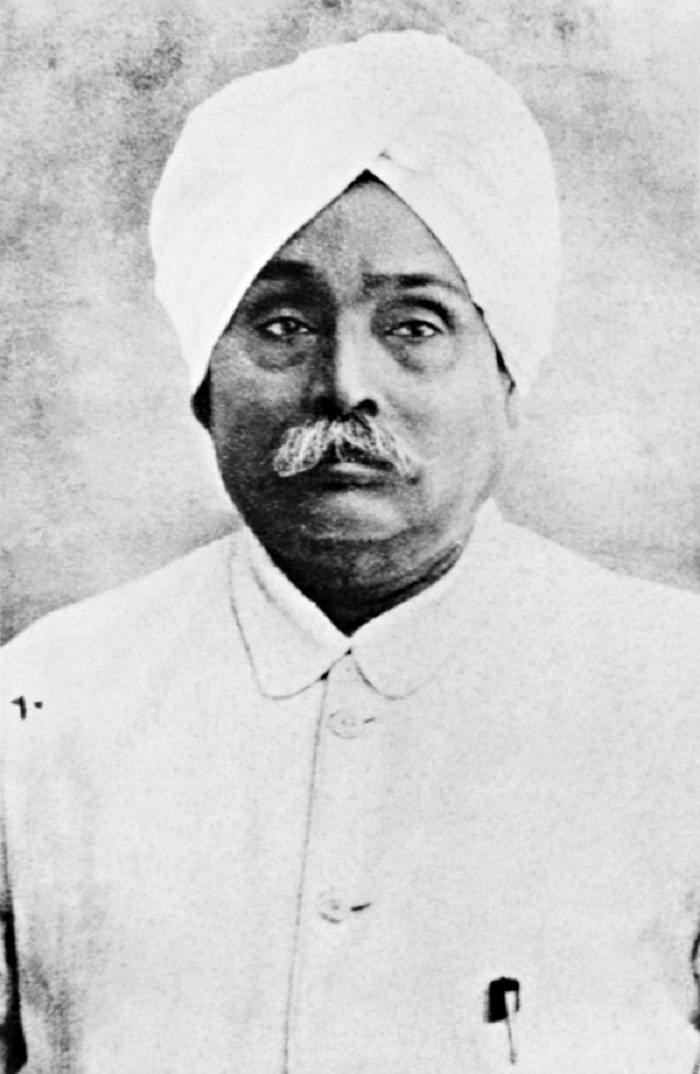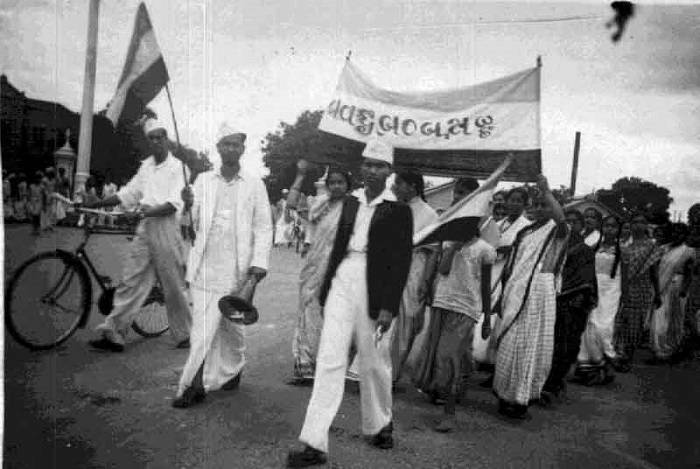The Extremist Nationalism was the most crucial element in the Indian struggle of Freedom. The nationalist politics in India that dominated till 1905 was regarded as a moderate phase. The P3 model – Prayer, Petition, and Protest – did not prove sufficient to consolidate nationalist aspirations in India. Moderate methods of sending letters, publishing articles, and creating awareness were not able to contain the assertive nationalists. Moderate stalwarts like A. O. Hume, Naoroji, and Gopal Krishna Gokhale advocated for dissenting from the British system through peaceful means. The moderates were expecting the British to understand the Indian question.
The young moderates began to denounce the moderate methods of prayers and petitions as it was interpreted by the British as a sign of India’s weakness. The moderates were seeking peaceful empowerment of Indians in the local representative bodies and parliamentary practices.
As time progressed, the British colonial policies were unmasked. Nationalist politics in India was subdued while playing the proverbial divide and rule policy. After the Bengal Partition in 1905, many nationalists were beginning to take a more determined position on colonialism and India’s freedom. It led to the split of India’s first political party. A militant nationalist politics was born in India to overthrow the colonial rule. They came to be known as the extremist nationalism in India. The extremists felt that a peaceful mode of engaging the British rule was not sufficient to ensure India’s freedom.
The Birth of Extremist Nationalism
In the 1905 session of the Congress, the left-oriented members broke away from moderate politics. Gokhale who chaired the session disagreed with the moderates who wanted to receive the Prince of Wales who was visiting India in 1906. In the following session of the Congress in Calcutta, the extremists compelled the moderates to endorse four important issues – Swaraj, Swadeshi, boycott, and national education.
With the growing difference, the separation of moderates and extremists became a reality in the Surat session of 1907. The moderates under the leadership of Dr. Rash Behari Ghose resolved to continue nationalist politics in India within the constitutional framework while the extremists were adamant on justifying its militant method of resistance.
Causes for the Rise of Extremist Nationalism in India
The increasing consolidation of British rule and its indifference to India’s unity, famines, representation, and civil rights paved the way to the radicalization of nationalist politics in India. The concept of Swaraj – independence – was no more expected to be acquired through peaceful methods.
The growing disenchantment amongst the nationalists was best seen when Bal Gangadhar Tilak issued an electrifying statement that read as ‘Swaraj is my Birthright and I shall have it.’ His statement stirred the disenchanted Indians towards a new phase of nationalist narratives. The indifferent attitude of the Britishers brewed venom in the hearts of Indians. They wanted Britishers out of the country by any means.
In addition to the overall disillusionment against the British system, there was a growing division within the Congress as far as the method of movement was concerned. The following factors can be listed as a major cause for the rise of extremist politics in India;
- The younger generation of the Congress was no more hopeful of British rule. Long before the split of the Congress, one of the earliest developments that disgruntled the Indian leaders was the failure of the Indian Council Act of 1892 to produce any substantial empowerment of Indians in the Central and provincial councils. Critically responding to a moderate nationalist method, Bal Gangadhar Tilak remarked,
‘Political rights will have to be fought for the Moderates think that these can be won by persuasion. We think that they can only be obtained by strong pressure.’
- The rich legacy left by the socio-religious reform movements that began in the early 19th century motivated the young Indians to study and understand the nature of British rule in India. In addition to the moderate nationalist churning, many young nationalists were motivated to take on colonialism foreign values.
- Tilak, Lajpat Rai and B.C. Pal began to uphold the glorious cultural assets of India. To them, reviving Indian values was integral to India’s national awakening. They saw colonial institutions as a Western civilizational implant. To them, unmasking Western implantation was to provide a basis of Indian patriotism.
- The famines of 1896-98 and 1899-1901 and bubonic plague were not sufficiently addressed by the British Indian government. The Indians were so disillusioned that it created a strong dislike for colonial officials. The situation was so grim that it led to the murder of Plague Commissioner – Mr. Rand. The extremist nationalists like Tilak refused to place an appeal to the British Privy Council.
- The plight of Indian workers and traders abroad, particularly in South Africa fuelled militant nationalism in India. There were restrictive laws on Indian traders and laborers in South Africa. In addition to Gandhi’s involvement, the militant nationalists were determined to give a radical response to the colonial system.
- In 1905, Bengal was divided into two. Lord Curzon invented such a policy on the pretext of administrative convenience but only to purposefully draw a wedge between the Hindus and the Muslims to check the growing wave of nationalism. Summing up the devilish administrative ploy, Surendra Nath Banerjee went on to remark,
‘He (Curzon) has built better than he knows he had laid broad and deep foundations of our national life; he has stimulated those forces which contribute to the upbuilding of nations, he has made us a nation and the most reactionary of Indian viceroys will go down to the posterity as the architect of Indian life.’
- International events also equally shaped the course of nationalist politics in India. Some select international events that influenced nationalist articulation in India were the events of conflicts in which dominant Western powers like Italy and Russia were defeated. Abyssinia succeeded in subduing major powers like Italy in 1896. Another event that instilled hopes in Indian nationalism was the defeat of Russia in the hands of Japan in 1904-05.
Extremist nationalism in India was further articulated by Lokmaniya Tilak, Bipin Chandra Pal, and Lajpat Rai. Tilak was regarded as the godfather of extremist nationalism in India. The majority of them were ideologically left-oriented. The left-oriented nationalism provided an economic critique of imperialism. The extremists also supported the ancient Indian culture as for them it was equally compatible with the West. They also promoted a sense of Swadeshi politics. Unlike the moderates, the militant nationalist politics disengaged the government and turned towards common people.

In addition to the mass mobilization, the extremist garnered support from the students even leading to their withdrawal from government colleges. The impact was so much that many private colleges were founded in Bengal and Madras by private trusts and organizations. The moderates also continued boycott and non-cooperation resistance. Tilak called upon the private and voluntary associations towards self-governance and take up the responsibilities to carry out sanitation works, work out a security system, and fight natural calamities.
Within the left-leaning leaders, violence was not the only way of resistance as they believed in peaceful national building. However, the majority of the extremists disagreed with the Gandhian means and ends congruity. For the extremists, the objective was more important than means and methods. The impact of the extremist nationalist resurgence alarmed the British Indian government. The government became stringent on the extremists.
Lala Lajpat Rai and Sardar Ajit Singh of Punjab were deported to Mandalay without trial in 1907. Indian Penal Codes like Sections 124A and 153A and Seditious Meeting Act, 1907 were introduced to deal with the extremist politics in India.

Public meetings with left-leaning ideas were restricted, and restrictions were imposed on the press through the Press Acts of 1900 and 1908. The extremists were successful in garnering the support of the common people. Though in minority, the extremist nationalists won trust from all the sections, particularly from the downtrodden and countryside. The British Indian government was compelled to annul the partition of Bengal in 1911. In 1916, the Congress, the moderates, and the Muslim League almost headed for a reunion which provided a stronger resistance to British rule in India.
The colonial policies that affected India’s inter-community relations and economy were the main factors that compelled the younger section of the Indian National Congress to adopt a more militant response. The partition of Bengal, the Morley-reforms, and apathetic response to famines disenchanted the nationalists. To a large extent, the extremists began to recollect the ethos of spiritual nationalism. International revolutionary events in Turkey, Persia, Japan, and Egypt influenced the Indians to seek a radical method of nationalism in India.
Extremist nationalism was determined to unrelate itself from the means and ends dichotomy. For them, the objective to secure India’s political and economic dignity was to be achieved by any means. They disagreed with moderates’ diplomacy to bent before foreign rulers. Unlike the moderates, the extremist viewed violence as integral to mass mobilization in India. The lower middle class in India was effectively mobilized by the extremists.

The swadeshi articulation of the extremists helped in producing a national policy on education. They also encouraged the establishment of cooperatives, mills, and Indian Banks. However, the extremists largely remained confined to Hindu idioms. They produced alternative narration of the nation in India by invoking glories of mainstream India. It generated a sense of native patriotism by infusing the legacies of warriors like Ashoka, Shivaji, and Maharana Pratap.
In sum, the extremists were also in search of re-inventing the Indian way of life as the Western values were increasingly supplanting India’s cultural values.

